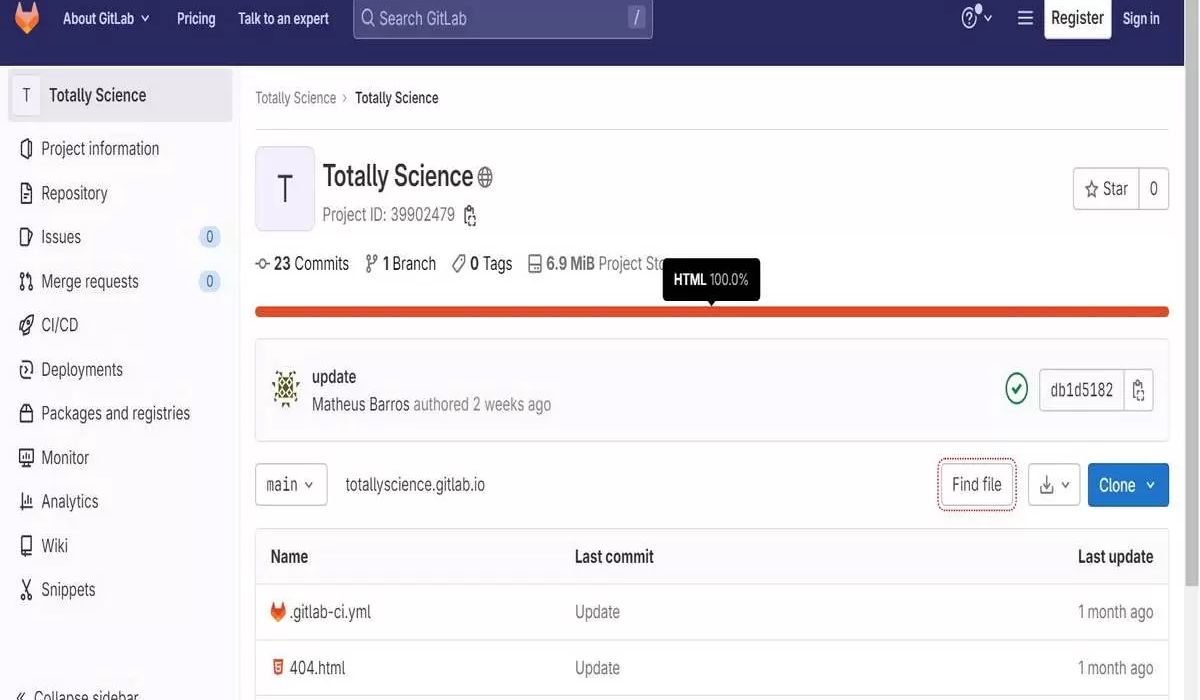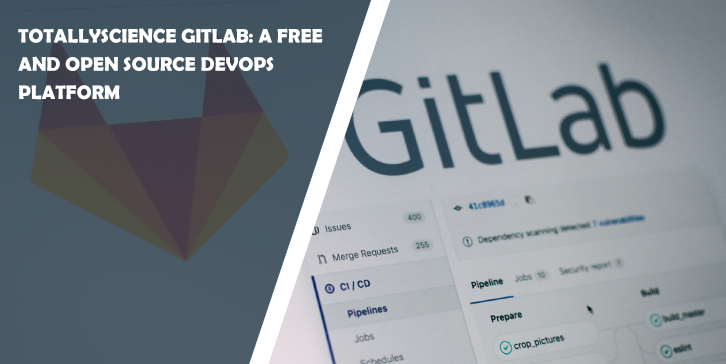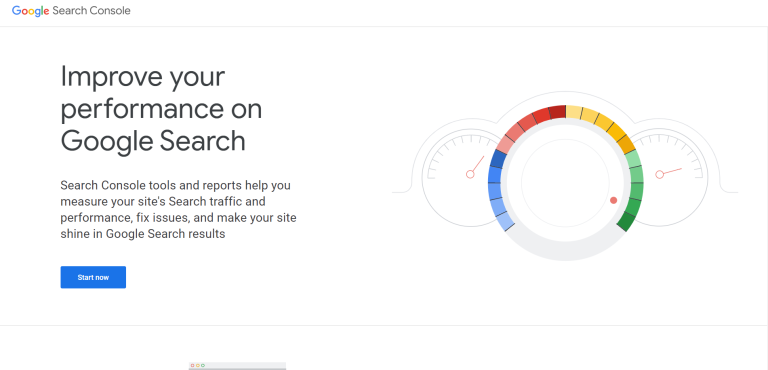TotallyScience GitLab is a self-hosted GitLab instance that is used by the TotallyScience community to collaborate on projects. GitLab is a web-based DevOps platform that provides a complete solution for managing the software development lifecycle.
With TotallyScience GitLab, you can track changes to code and other files, manage bugs and feature requests, and automate the build, test, and deployment of code. You can also collaborate on projects with others using features like code reviews, merge requests, and discussion boards.
In this article, we will discuss the benefits of using TotallyScience GitLab, how to access it, and how to use it to collaborate on projects. We will also provide some tips for using TotallyScience GitLab effectively.
If you are looking for a self-hosted DevOps platform that can help you collaborate on projects, then TotallyScience GitLab is a great option. It is easy to use, provides a number of features, and is free to use.
Features of TotallyScience GitLab

The TotallyScience GitLab instance comes packed with numerous powerful features to facilitate seamless project management and collaboration. Some of these essential features include:
1. Version Control
GitLab provides a robust revision control system that allows developers to track changes made to code and other files. This version control system enables efficient collaboration and helps maintain a history of project modifications.
2. Issue Tracking
With GitLab’s issue-tracking system, teams can easily report and manage bugs, as well as track feature requests. This feature streamlines communication and ensures that tasks are well-organized and resolved effectively.
3. Wiki
GitLab offers a wiki functionality that facilitates documentation and collaboration. Teams can create and maintain project-related documentation, share knowledge, and keep everyone updated on essential information.
4. CI/CD Pipeline
The Continuous Integration/Continuous Delivery (CI/CD) pipeline is a key feature of GitLab. It automates the process of building, testing, and deploying code, enhancing project efficiency and ensuring high-quality software delivery.
5. Collaboration Tools
GitLab provides various tools for seamless collaboration on projects. Code reviews enable team members to assess and discuss code changes, while merge requests streamline the process of integrating new code into the project. Additionally, discussion boards promote open communication among team members.
How to Access TotallyScience GitLab?

To access TotallyScience GitLab, follow these steps:
- Start by creating an account on the TotallyScience GitLab platform.
- Once you have your account, log in to the GitLab platform using your credentials.
- Once logged in, you can join existing projects or create new ones to collaborate with other community members.
Benefits of Using TotallyScience GitLab
Using TotallyScience GitLab offers several advantages, including:
- Enhanced Collaboration: GitLab’s collaboration tools facilitate seamless teamwork and efficient communication, enabling community members to work together effectively.
- Version Control Management: The version control system ensures that all changes to code and files are tracked, making it easier to manage project modifications and revert to previous versions if needed.
- Issue Tracking and Resolution: With GitLab’s issue tracking system, community members can efficiently report and address bugs and feature requests, ensuring that projects run smoothly.
- Automated CI/CD Pipeline: The CI/CD pipeline streamlines the development process, automating repetitive tasks and accelerating code delivery, which ultimately improves project efficiency.
- Documentation and Knowledge Sharing: The wiki functionality allows for organized and easily accessible project documentation, promoting knowledge sharing among community members.
In conclusion, TotallyScience GitLab is a valuable platform for the TotallyScience community to collaborate on projects effectively. With its version control, issue tracking, wiki, CI/CD pipeline, and collaboration tools, it empowers developers to work seamlessly and deliver high-quality software products.





Comments are closed.